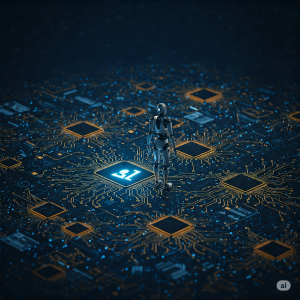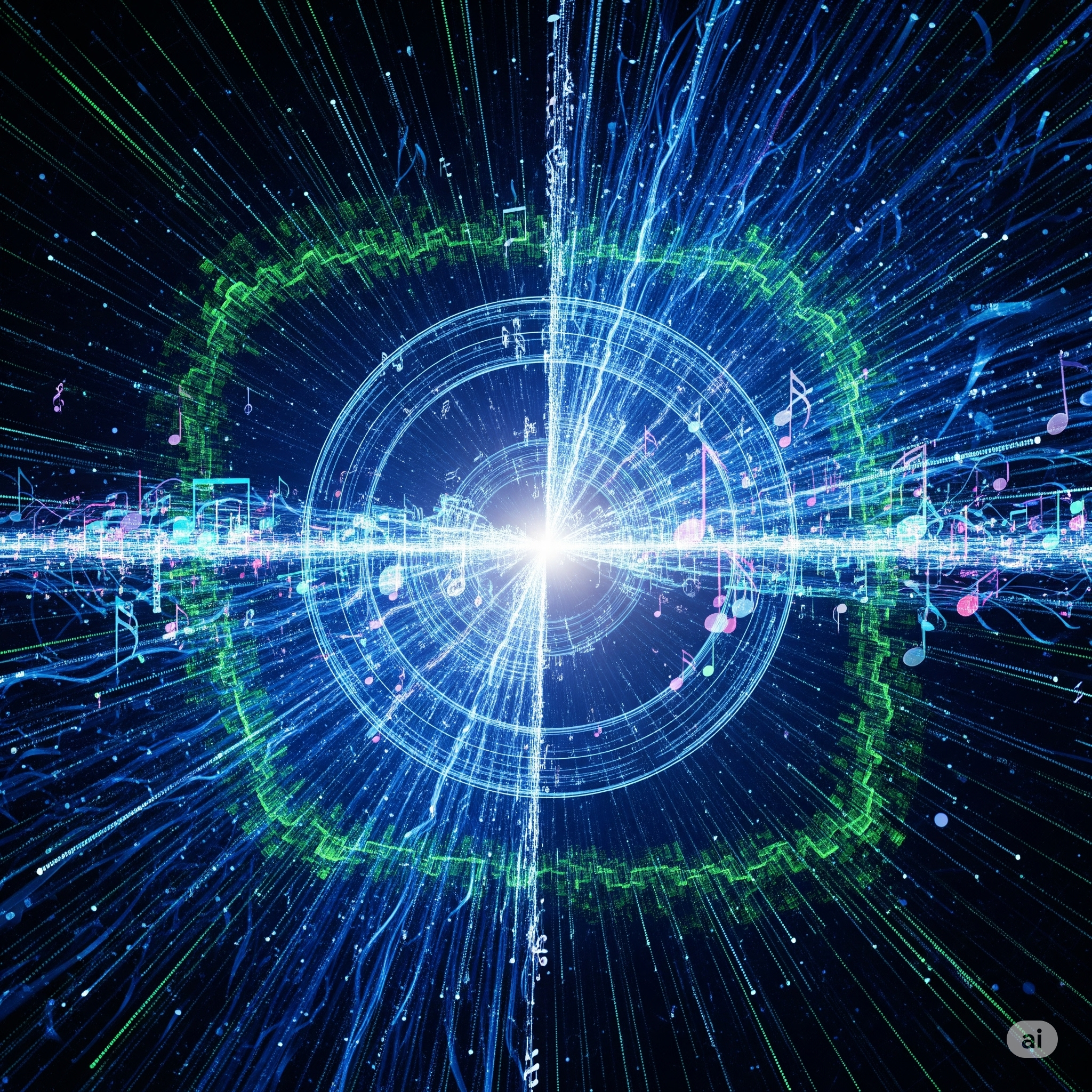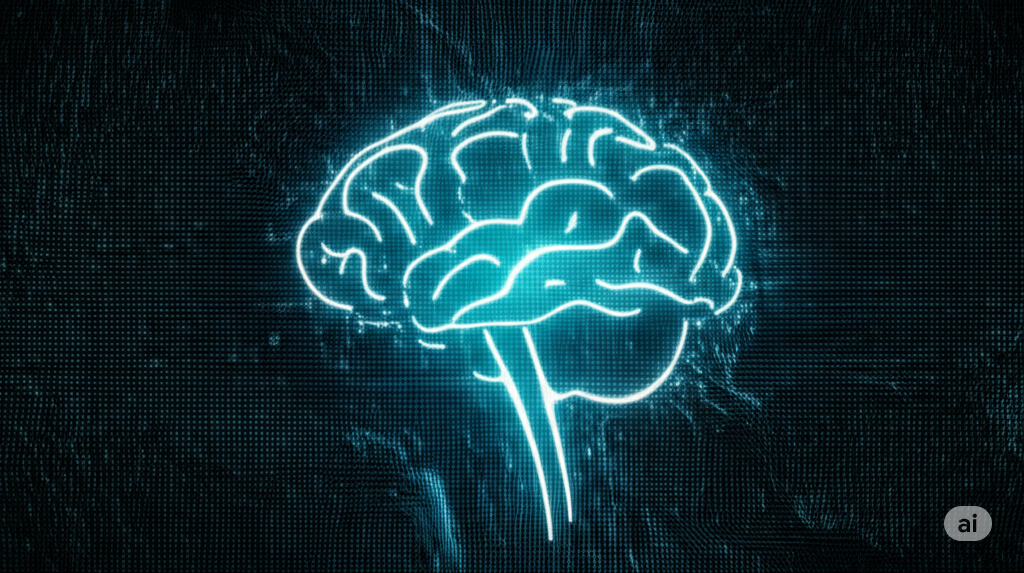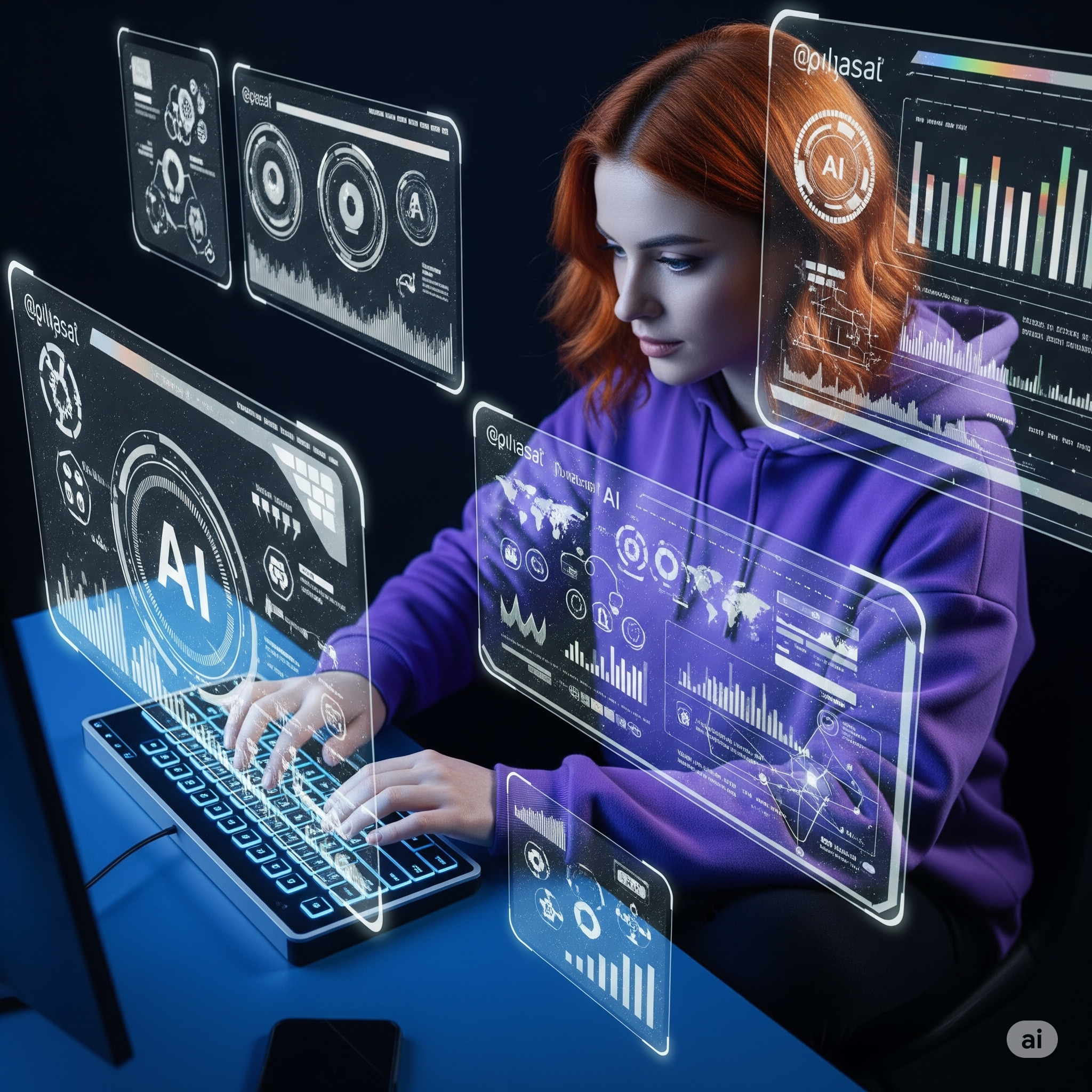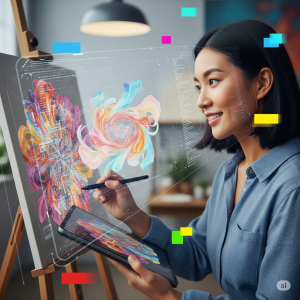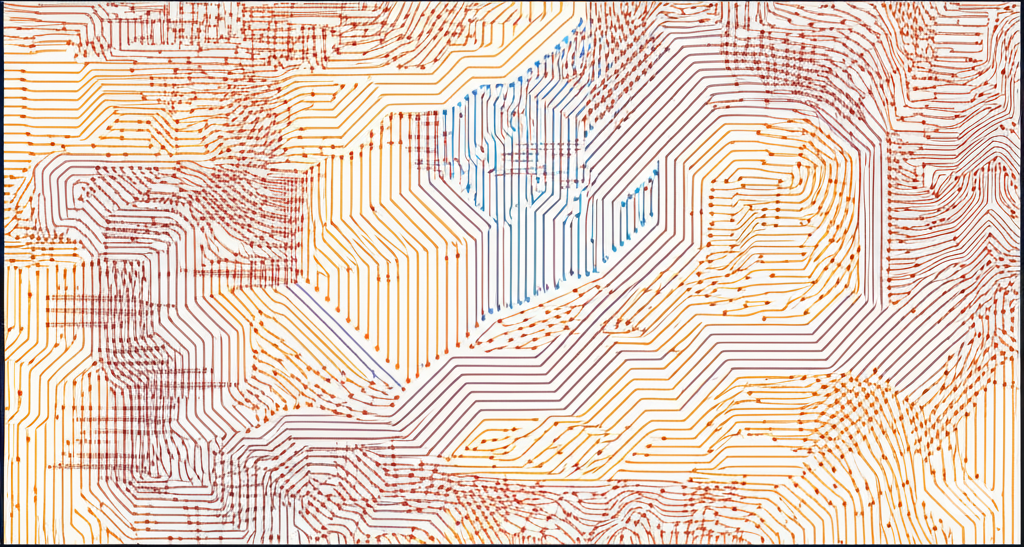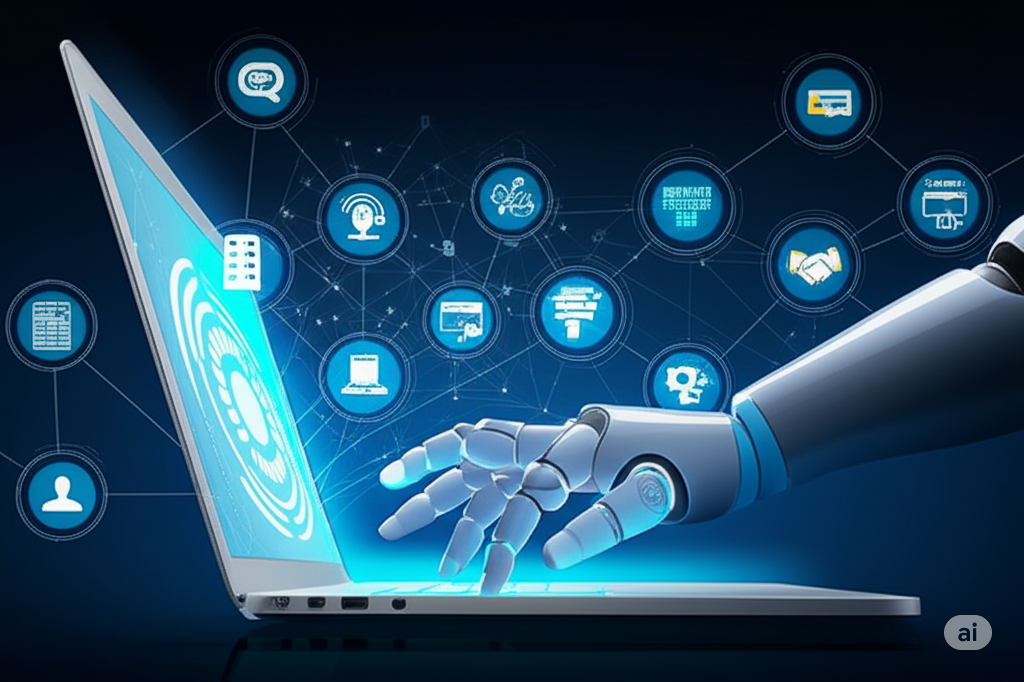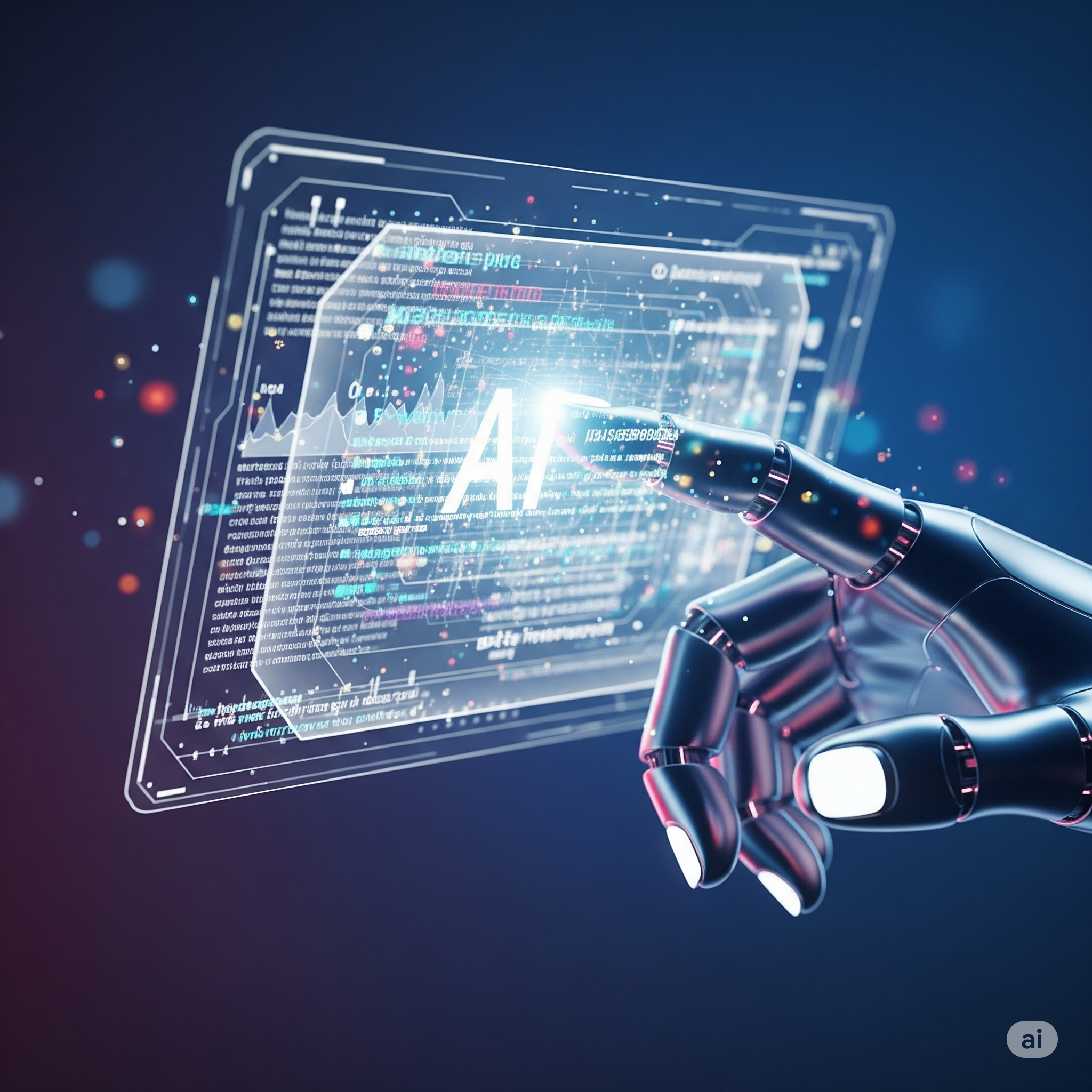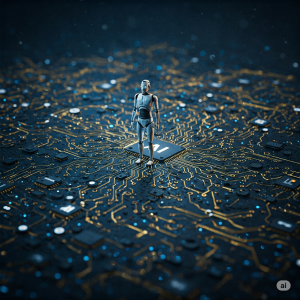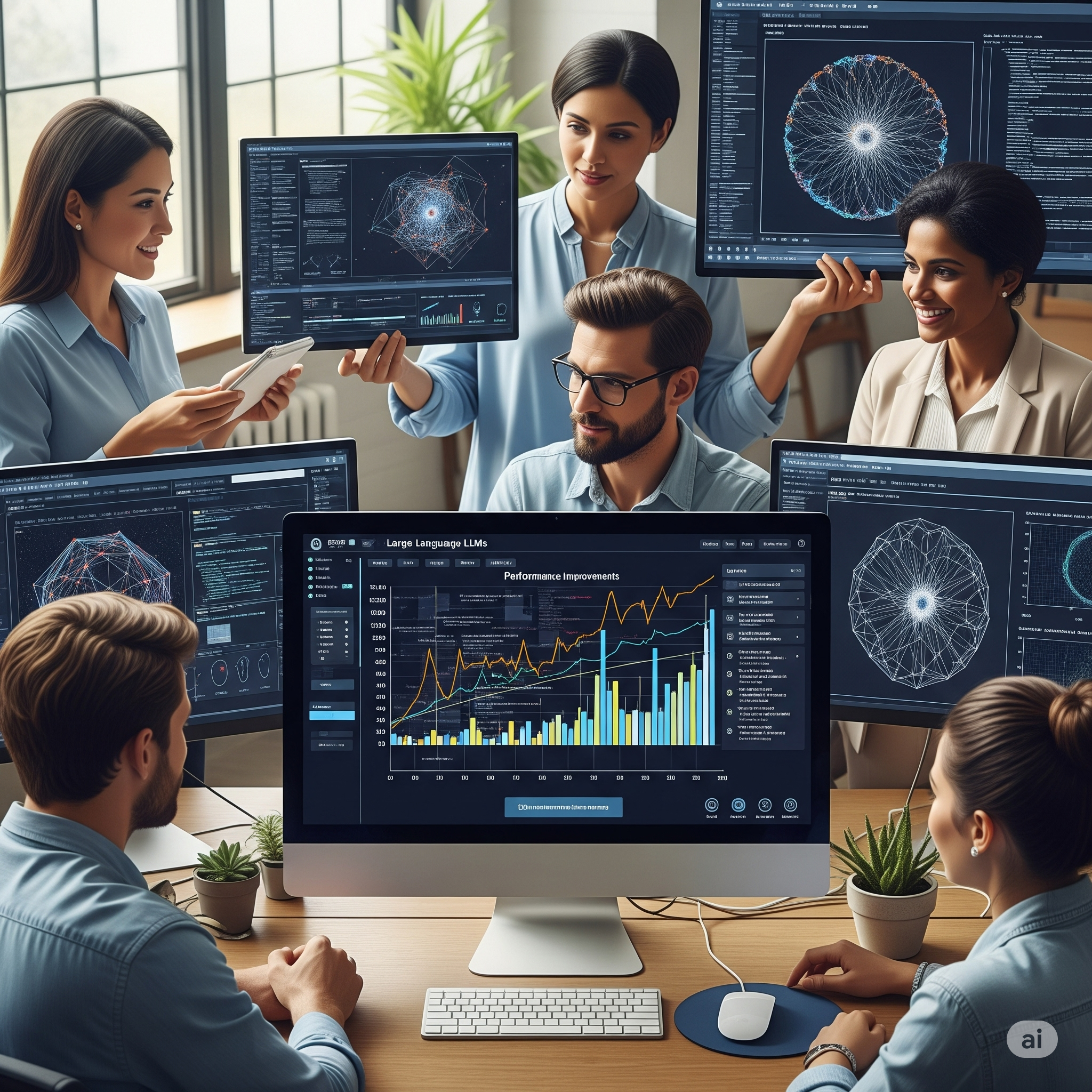Artificial intelligence. The phrase itself conjures images of futuristic robots and sentient machines, a blend of wonder and apprehension. But the reality of AI’s evolution is far more nuanced, a complex tapestry woven from algorithms, data, and the very human desires that birthed it. This exploration delves into the multifaceted world of AI, examining its rapid advancements, its potential benefits and risks, and the profound questions it raises about our future.
The Algorithmic Dawn Breaks
The early days of AI were marked by a certain naive optimism, a belief that mimicking human intelligence was merely a matter of sufficiently complex algorithms. Rule-based systems, expert systems, and early neural networks represented tentative steps towards this ambitious goal. These initial forays, while limited in scope, laid the groundwork for the breakthroughs to come. They demonstrated the potential of machines to process information, learn from data, and even make rudimentary decisions, albeit within tightly defined parameters. The seeds of a revolution were sown, even if the full flowering was still decades away.
This nascent period also highlighted the critical role of data. AI’s ability to learn and improve is directly proportional to the quantity and quality of data it’s exposed to. The more data, the more sophisticated the algorithms could become, leading to increasingly accurate predictions and more complex problem-solving capabilities. This dependence on data, however, would later become a source of both power and controversy, raising questions about data privacy, bias, and the potential for misuse.
AI’s Expanding Realities
Today, AI is no longer confined to the realm of theoretical research. It’s woven into the fabric of our daily lives, often invisibly. From the recommendation algorithms that curate our online experiences to the sophisticated systems powering self-driving cars, AI’s influence is pervasive and profound. Natural language processing allows computers to understand and respond to human language with increasing fluency, while computer vision enables machines to "see" and interpret the world around them. These advancements are transforming industries, from healthcare and finance to manufacturing and entertainment.
The rapid pace of development is breathtaking. Deep learning, a subfield of machine learning, has yielded remarkable results, enabling AI systems to achieve superhuman performance in tasks like image recognition and game playing. Generative AI, capable of creating new content such as text, images, and music, is pushing the boundaries of what’s considered possible. This expansion of AI capabilities is simultaneously exciting and daunting, raising questions about its potential impact on employment, creativity, and the very nature of work itself.
Humanity’s Symbiotic Partner?
The question of AI’s role in society is central to its ongoing evolution. Will it become a tool for human advancement, a symbiotic partner that augments our capabilities and solves some of the world’s most pressing problems? Or will it pose an existential threat, surpassing human intelligence and potentially undermining our control? The answer, it seems, lies not in the technology itself, but in the choices we make as we develop and deploy it.
The potential benefits are immense. AI can assist in medical diagnosis, accelerate scientific discovery, and improve efficiency in various sectors. It can personalize education, enhance accessibility for people with disabilities, and even help address climate change. But realizing this potential requires careful consideration of the ethical implications and the need for responsible development. A future where humans and AI collaborate effectively requires proactive planning and a commitment to ensuring AI serves humanity’s best interests.
Navigating the Ethical Maze
The rapid advancement of AI has outpaced the development of robust ethical frameworks. Issues of bias in algorithms, data privacy concerns, the potential for job displacement, and the lack of transparency in decision-making processes all demand urgent attention. Algorithmic bias, stemming from biased data sets, can perpetuate and amplify existing societal inequalities. The use of AI in surveillance and law enforcement raises serious questions about privacy and civil liberties.
Addressing these ethical challenges requires a multi-pronged approach. This includes developing more transparent and explainable AI systems, ensuring diverse and representative data sets, establishing clear regulatory frameworks, and fostering interdisciplinary collaboration between researchers, policymakers, and the public. Open dialogue and public engagement are crucial in shaping the future of AI in a way that aligns with human values and promotes a just and equitable society.
A Future Forged in Code
The future of AI is not predetermined; it is being written, line by line, in the code that we create. The choices we make today will shape the trajectory of this powerful technology for generations to come. Will we embrace AI as a tool for progress, ensuring its development and deployment are guided by ethical principles and a commitment to human well-being? Or will we allow it to become a force of disruption and inequality, exacerbating existing societal problems?
The answer lies in our collective responsibility to navigate this technological frontier with foresight, wisdom, and a deep understanding of both its potential and its perils. This requires ongoing dialogue, robust regulation, and a commitment to ensuring that AI serves humanity, rather than the other way around. The future forged in code is a future we must actively shape, ensuring it reflects our highest aspirations and values.
The journey into the world of AI is a journey into the future itself. It is a future brimming with both promise and peril, a future that will be defined not by the technology alone, but by the choices we make today. The multifaceted nature of AI demands a multifaceted response – one that embraces innovation while vigilantly addressing the ethical and societal implications. Only through careful consideration and proactive engagement can we hope to harness the transformative power of AI for the betterment of humanity.
